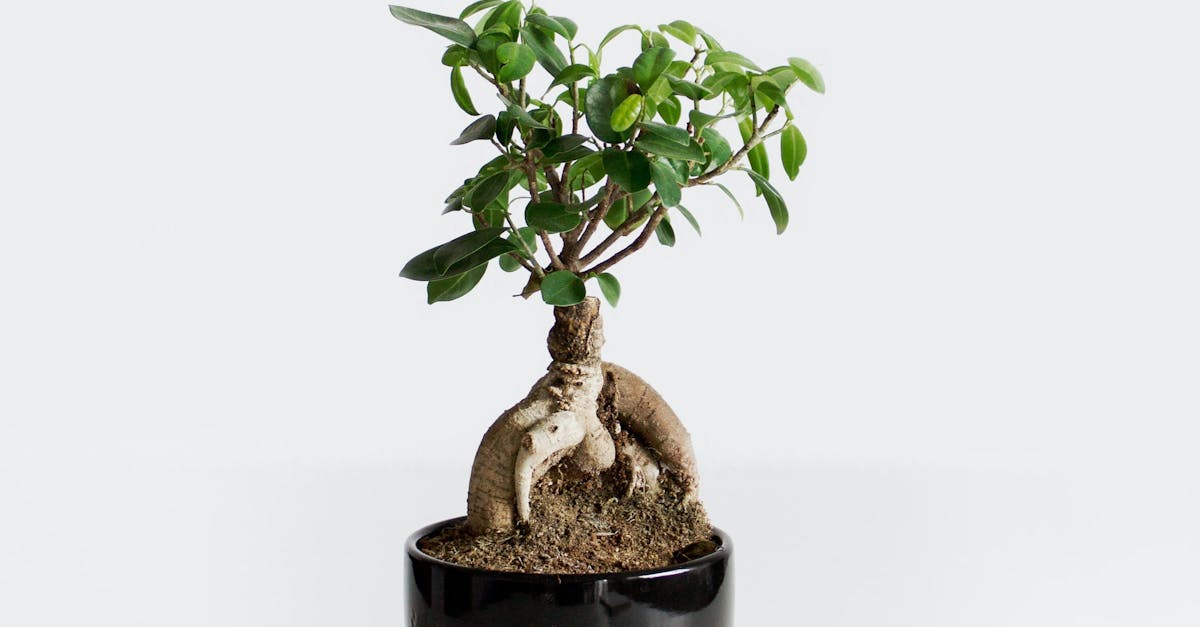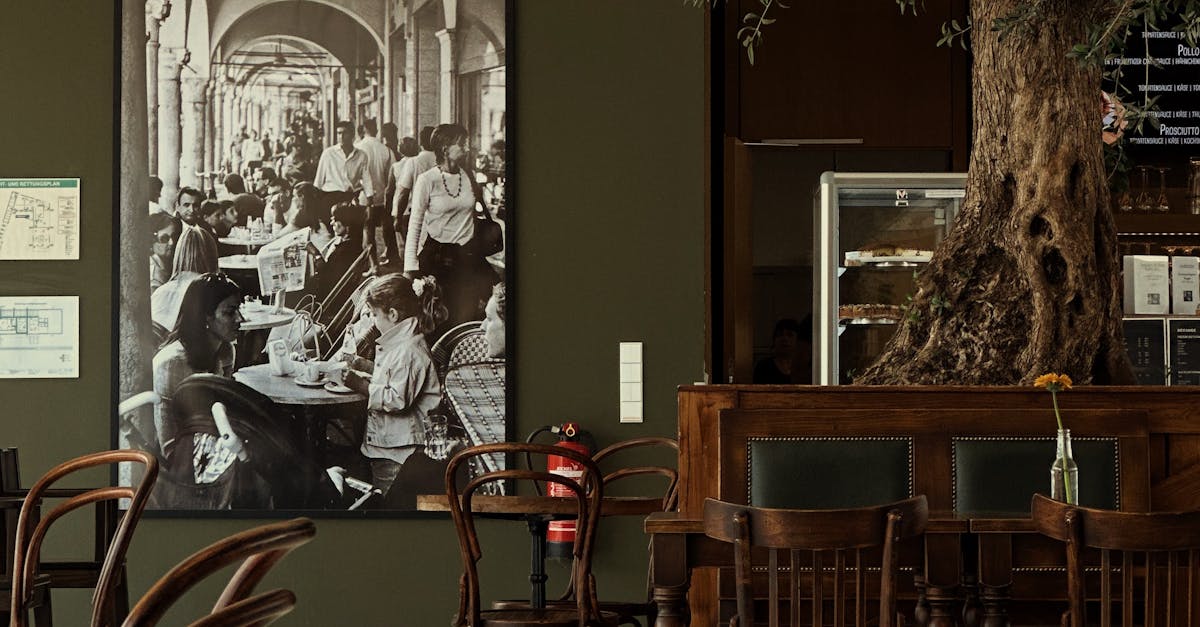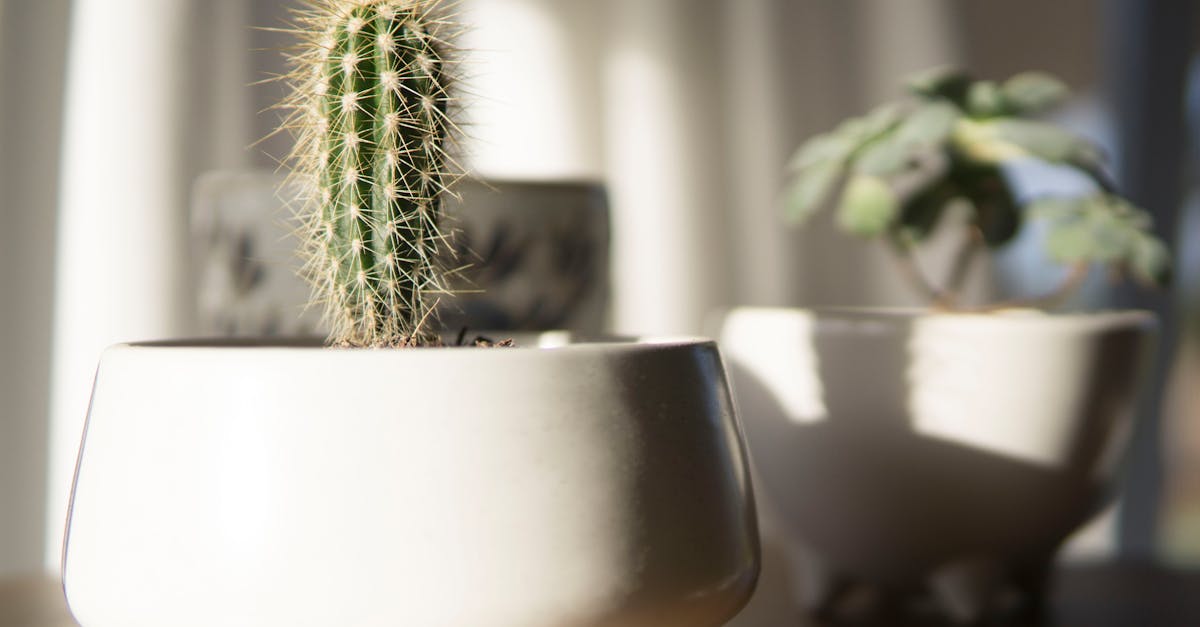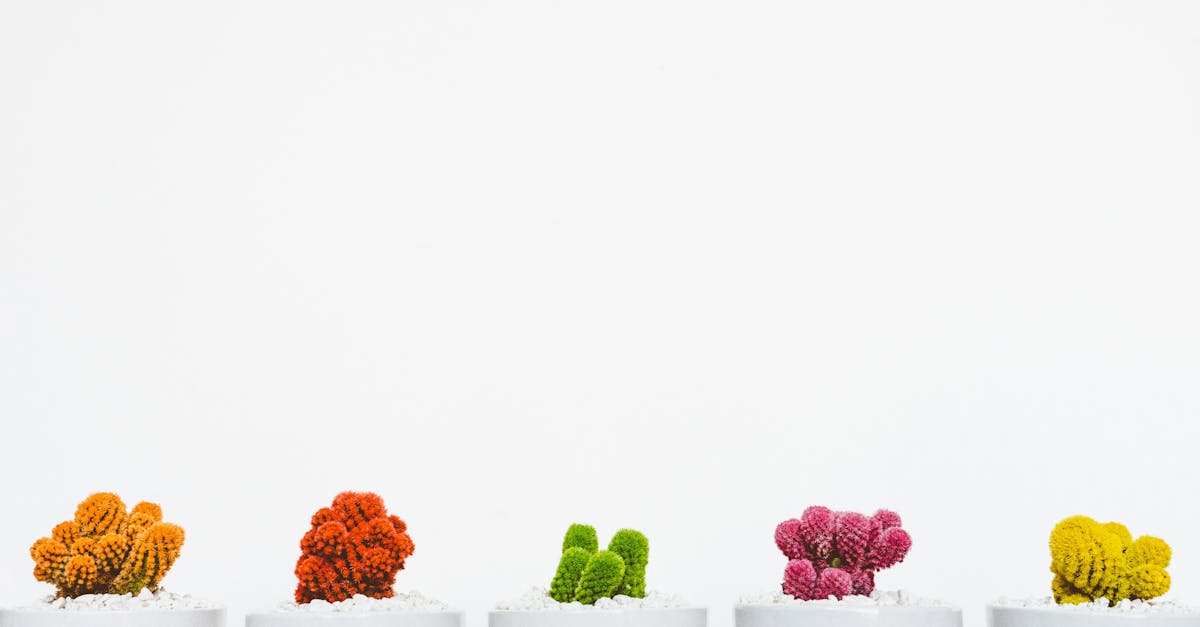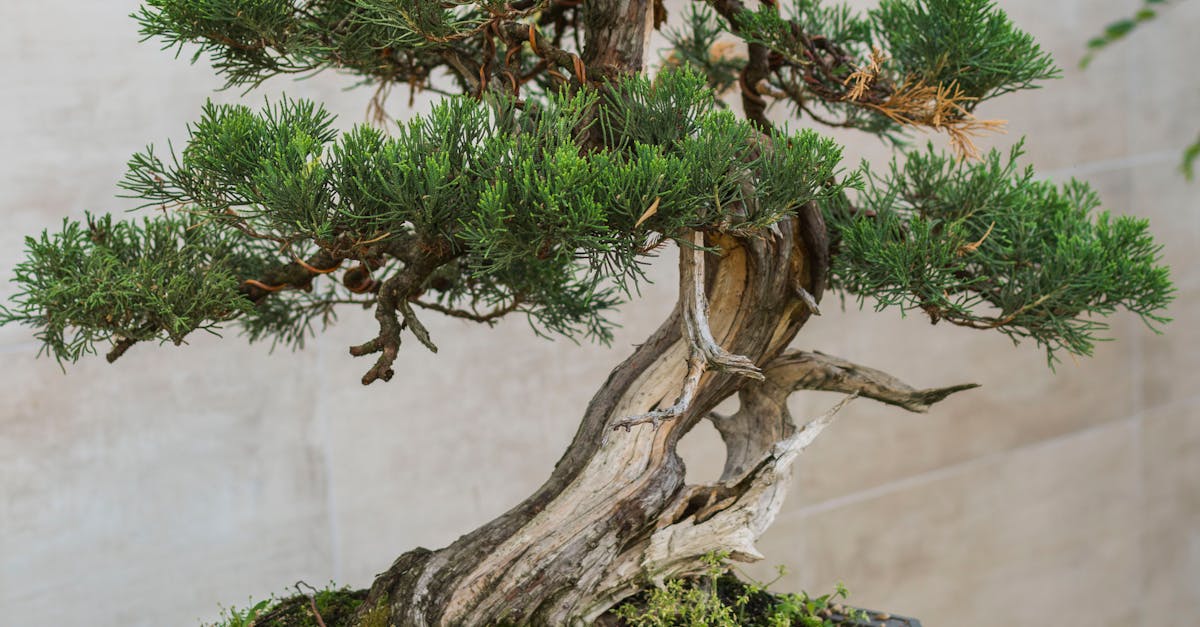The Art of Miniature Marvels: Cultivating and Crafting Bougainvillea Bonsai
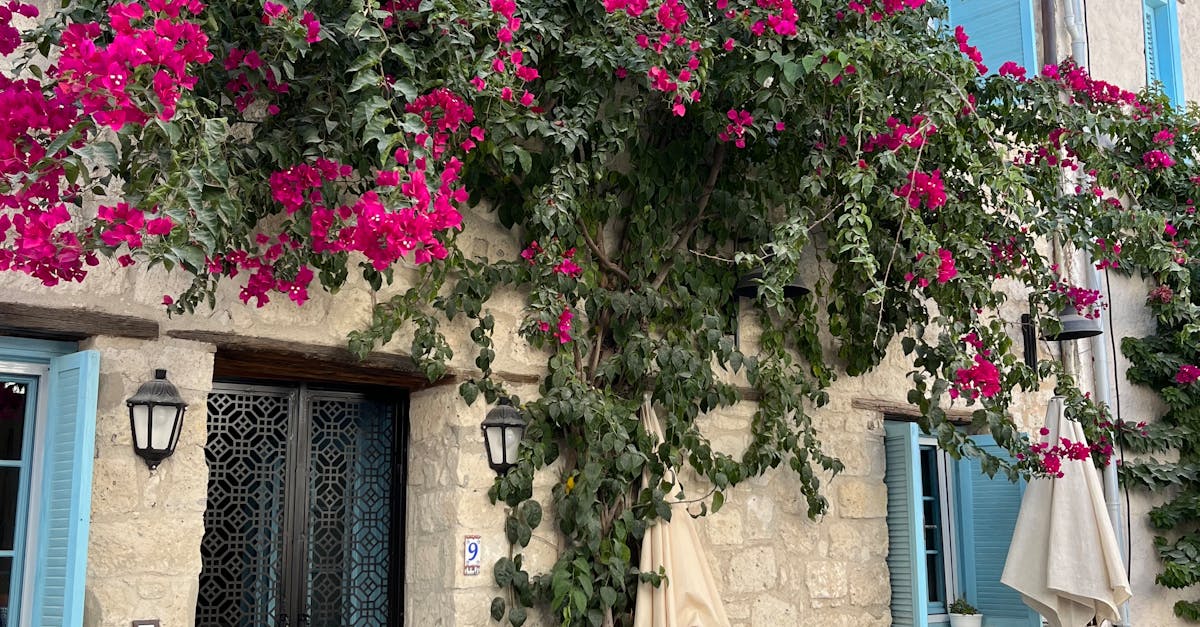
Unleash the Enchanting World of Bougainvillea Bonsai: A Journey of Art and Horticulture
Immerse yourself in the captivating realm of Bougainvillea bonsai, where the art of horticulture meets the elegance of nature. This comprehensive guide will equip you with the knowledge and techniques to cultivate, shape, and maintain your own miniature Bougainvillea masterpiece. Explore the origins, unique characteristics, and suitability of Bougainvillea for bonsai, setting the stage for your journey into this enchanting art form.
Discover the secrets of Bougainvillea bonsai cultivation, including ideal soil preparation, proper watering techniques, and essential nutrient requirements. Grasp the intricacies of pruning, wiring, and bending to transform your Bougainvillea into a living sculpture. Delve into the art of styling, showcasing cascading forms, the refined literati style, and the classic upright formal style. Ultimately, this guide will empower you to create a thriving and aesthetically pleasing Bougainvillea bonsai, bringing a touch of nature’s beauty into your home.
1. Introduction to Bougainvillea Bonsai
Introduction to Bougainvillea Bonsai: Delve into the Origins and Allure of Bougainvillea Bonsai, Exploring Its Unique Characteristics and Suitability for the Bonsai Art Form
Bougainvillea bonsai is a captivating art form that combines the natural beauty of the Bougainvillea plant with the ancient techniques of bonsai cultivation. Bougainvillea, with its vibrant and papery bracts, lends itself exceptionally well to the bonsai art form, offering unique characteristics that make it a favorite among bonsai enthusiasts.
Originating in South America, Bougainvillea has become popular worldwide for its adaptability and resilience. As a bonsai, Bougainvillea displays a miniature version of its natural growth habit, showcasing its cascading branches, vibrant foliage, and prolific flowering. The small leaves and intricate branching structure of Bougainvillea make it ideal for creating scaled-down representations of larger trees in nature.
The suitability of Bougainvillea for bonsai lies in its ability to thrive in a controlled environment. It readily responds to pruning and shaping, allowing bonsai artists to create desired forms and styles. Furthermore, Bougainvillea’s tolerance to various soil conditions and watering regimes makes it a relatively easy plant to care for as a bonsai.
2. Cultivating Bougainvillea Bonsai
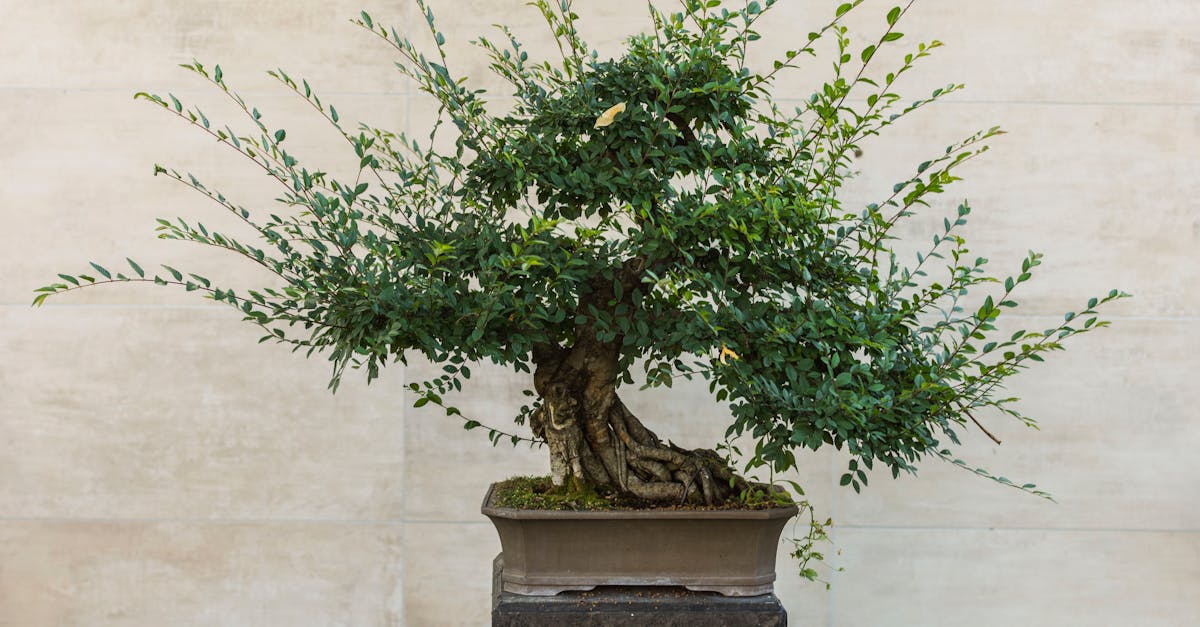
Cultivating Bougainvillea Bonsai: Master the Fundamentals of Bougainvillea Bonsai Cultivation. Learn About Ideal Soil Conditions, Proper Watering Techniques, and Essential Nutrient Requirements.
Cultivating Bougainvillea bonsai requires a deep understanding of the plant’s specific needs and preferences. Providing optimal conditions for growth and development is essential to maintain the health and beauty of your miniature tree.
Soil conditions play a crucial role in the success of Bougainvillea bonsai. The ideal soil should be well-draining and aerated to prevent root rot and promote healthy root growth. A mixture of akadama, pumice, and organic matter, such as peat moss or compost, provides the necessary drainage and nutrient retention for Bougainvillea bonsai. Regular repotting every 2-3 years ensures that the soil remains fresh and prevents compaction.
Watering techniques are equally important for the cultivation of Bougainvillea bonsai. Bougainvillea prefers slightly moist but well-drained soil. Overwatering can lead to root rot, while underwatering can cause stress and leaf drop. The frequency of watering will vary depending on factors such as temperature, humidity, and the size of the bonsai. Generally, watering once or twice a week during the growing season and less frequently during the winter months is sufficient.
Soil Preparation
Soil Preparation: Discover the Optimal Soil Composition for Bougainvillea Bonsai, Ensuring Proper Drainage, Aeration, and Nutrient Retention.
Soil preparation is a fundamental aspect of Bougainvillea bonsai cultivation. The right soil mix provides a supportive environment for root growth, drainage, and nutrient availability. Creating a well-balanced soil composition is essential for the health and longevity of your miniature tree.
A well-draining soil is crucial for Bougainvillea bonsai. Poor drainage can lead to root rot, a common problem that can damage or even kill the tree. A mixture of inorganic and organic materials is recommended to achieve optimal drainage. Akadama, a type of Japanese volcanic clay, is a popular choice for bonsai soil due to its excellent drainage and aeration properties. Pumice, another volcanic material, can also be added to improve drainage and provide porosity.
In addition to drainage, soil aeration is also important for Bougainvillea bonsai. Good aeration allows oxygen to reach the roots, promoting healthy root growth and preventing root rot. Organic matter, such as peat moss or compost, can be added to the soil mix to improve aeration and provide nutrients. However, it is important to use organic matter in moderation, as too much can retain too much moisture and hinder drainage.
Watering Techniques
Watering Techniques: Uncover the Intricacies of Watering Bougainvillea Bonsai, Balancing Moisture Levels to Promote Healthy Root Development and Prevent Overwatering.
Watering is a crucial aspect of Bougainvillea bonsai care, as it directly affects the health and vigor of the tree. Understanding the specific watering needs of Bougainvillea bonsai is essential to maintain a healthy root system and prevent overwatering, which can lead to root rot and other problems.
Bougainvillea bonsai prefer slightly moist but well-draining soil. Overwatering can lead to waterlogged soil, which can suffocate the roots and cause them to rot. Underwatering, on the other hand, can cause the leaves to wilt and drop. The frequency of watering will vary depending on factors such as the size of the bonsai, the type of soil, and the climate. Generally, Bougainvillea bonsai should be watered once or twice a week during the growing season and less frequently during the winter months.
To determine if your Bougainvillea bonsai needs watering, check the moisture level of the soil. Stick your finger about an inch into the soil. If the soil feels dry to the touch, it is time to water. Water the bonsai slowly and deeply, until water drains out of the drainage holes. Avoid getting the leaves wet, as this can promote fungal growth.
Fertilization
Fertilization: Explore the Importance of Fertilization for Bougainvillea Bonsai, Understanding the Essential Nutrients and Application Frequency to Support Vigorous Growth.
Fertilization is an important aspect of Bougainvillea bonsai care, as it provides the essential nutrients that the tree needs to grow and thrive. Fertilizing your Bougainvillea bonsai regularly will help to promote healthy growth, abundant flowering, and overall vigor.
Bougainvillea bonsai require a balanced fertilizer that contains nitrogen, phosphorus, and potassium. Nitrogen is essential for vegetative growth, while phosphorus promotes flowering and root development. Potassium helps to strengthen the cell walls of the plant and improve its overall health. A slow-release fertilizer is recommended for Bougainvillea bonsai, as it will release nutrients gradually over time. This helps to prevent fertilizer burn and ensures that the tree receives a steady supply of nutrients.
The frequency of fertilization will vary depending on the type of fertilizer used and the size of the bonsai. Generally, Bougainvillea bonsai should be fertilized once a month during the growing season. During the winter months, when the tree is dormant, fertilization can be reduced to once every two or three months.
3. Shaping and Styling Bougainvillea Bonsai
Shaping and Styling Bougainvillea Bonsai: Transform Your Bougainvillea Bonsai into a Living Artwork. Discover Techniques for Pruning, Wiring, and Bending to Create Desired Shapes and Forms.
Shaping and styling are essential techniques for creating a beautiful and unique Bougainvillea bonsai. Pruning, wiring, and bending allow you to control the growth and shape of your tree, creating desired forms and styles. With careful application of these techniques, you can transform your Bougainvillea bonsai into a living work of art.
Pruning is the selective removal of branches and leaves to control the growth and shape of your Bougainvillea bonsai. Pruning can be used to remove dead or diseased branches, encourage new growth, and create specific shapes and forms. When pruning Bougainvillea bonsai, it is important to use sharp, clean tools and to make precise cuts. Avoid over-pruning, as this can weaken the tree and reduce its ability to produce flowers.
Wiring is a technique used to bend and shape branches and trunks of your Bougainvillea bonsai. Wire is carefully wrapped around the branches and tightened to gently guide them into the desired position. Wiring can be used to create curved trunks, cascading branches, and other artistic forms. It is important to use soft, pliable wire that will not damage the bark of your tree. Once the branches have been shaped, the wire should be removed to allow the tree to continue growing naturally.
Pruning and Trimming
Pruning and Trimming: Master the Art of Pruning and Trimming Bougainvillea Bonsai, Encouraging Ramification, Controlling Growth, and Enhancing the Overall Aesthetic.
Pruning and trimming are essential techniques for maintaining the health and beauty of your Bougainvillea bonsai. Pruning involves the selective removal of branches and leaves to control the growth and shape of the tree. Trimming, on the other hand, refers to the removal of small twigs, leaves, and buds to refine the overall appearance of the bonsai.
Pruning Bougainvillea bonsai can be done throughout the year, but it is best to prune during the dormant season, when the tree is not actively growing. Pruning cuts should be made with sharp, clean tools to avoid tearing the bark. When pruning, always keep in mind the desired shape and size of your bonsai. Remove any branches that are dead, diseased, or crossing. You can also prune to encourage ramification, the development of new branches and twigs, which will create a denser, more visually appealing bonsai.
Trimming is a more delicate process than pruning. It is used to refine the overall appearance of your bonsai by removing small twigs, leaves, and buds. Trimming can be used to create specific shapes and forms, such as clouds or waterfalls. It can also be used to remove any unwanted growth, such as suckers or water sprouts.
Wiring and Bending
Wiring and Bending: Explore the Intricacies of Wiring and Bending Bougainvillea Bonsai, Gently Guiding Branches and Trunks into Graceful and Artistic Positions.
Wiring and bending are techniques used to shape and style Bougainvillea bonsai. Wiring involves wrapping flexible wire around branches and trunks to gently bend them into desired positions. Bending, on the other hand, refers to the manual manipulation of branches and trunks to create curves and other shapes.
Wiring is a delicate process that requires patience and precision. It is important to use soft, pliable wire that will not damage the bark of your tree. The wire should be wrapped around the branch or trunk in a spiral pattern, starting at the base and working your way up. Once the wire is in place, you can gently bend the branch or trunk into the desired position. Avoid bending the branches too sharply, as this can damage the tree.
Bending can be used to create a variety of shapes and forms in your Bougainvillea bonsai. It can be used to create curved trunks, cascading branches, and other artistic effects. Bending should be done gradually over time to avoid damaging the tree. You can use your hands or a bending tool to gently bend the branches or trunks into the desired position. Once the branches or trunks have been bent, you can secure them in place with wire or raffia.
4. Maintaining and Caring for Bougainvillea Bonsai
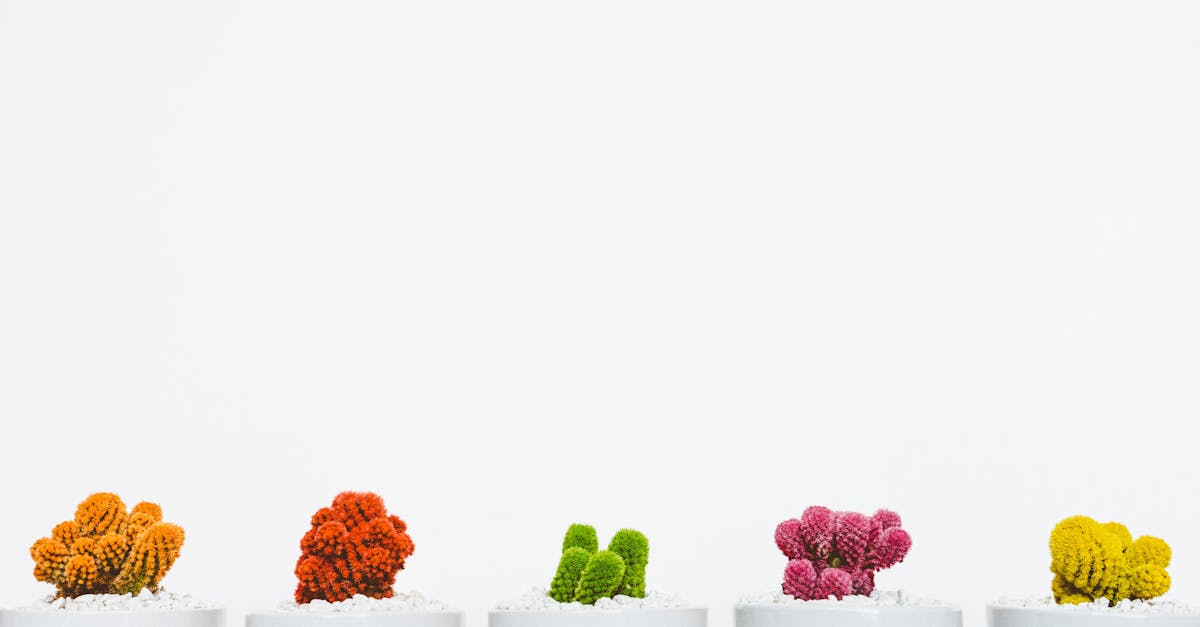
Maintaining and Caring for Bougainvillea Bonsai: Ensure the Longevity and Well-Being of Your Bougainvillea Bonsai. Learn About Light Requirements, Temperature Control, Pest and Disease Management, and Repotting Techniques.
Maintaining and caring for your Bougainvillea bonsai is essential to ensure its longevity and well-being. Providing the right environment and care will help your bonsai thrive and bring you years of enjoyment.
Bougainvillea bonsai require bright, indirect light. Too much direct sunlight can scorch the leaves, while too little light can cause the plant to become leggy and weak. The ideal temperature for Bougainvillea bonsai is between 65-80 degrees Fahrenheit (18-27 degrees Celsius). Protect your bonsai from extreme temperatures, as both heat and cold can damage the plant.
Bougainvillea bonsai are susceptible to a variety of pests and diseases, including aphids, spider mites, and mealybugs. It is important to regularly inspect your bonsai for signs of pests or diseases and to treat them promptly. You can use insecticidal soap or neem oil to control pests, and fungicides can be used to treat diseases.
Light Requirements
Light Requirements: Understand the Optimal Light Conditions for Bougainvillea Bonsai, Balancing Sun Exposure and Shade to Promote Vibrant Growth and Prolific Flowering.
Bougainvillea bonsai require bright, indirect light to thrive. Too much direct sunlight can scorch the leaves, while too little light can cause the plant to become leggy and weak. The ideal location for a Bougainvillea bonsai is a spot that receives plenty of bright, indirect light, such as a south- or west-facing window.
During the summer months, it is important to protect your Bougainvillea bonsai from the harsh midday sun. You can do this by moving the bonsai to a shadier location or by providing shade with a shade cloth. In the winter months, when the sun is less intense, your bonsai can tolerate more direct sunlight.
Providing the right amount of light is essential for the health and beauty of your Bougainvillea bonsai. With the right amount of light, your bonsai will produce vibrant green leaves and prolific flowers.
Temperature Control
Temperature Control: Discover the Ideal Temperature Range for Bougainvillea Bonsai, Considering Seasonal Variations and Providing Protection from Extreme Cold or Heat.
Bougainvillea bonsai prefer warm temperatures, between 65-80 degrees Fahrenheit (18-27 degrees Celsius). They can tolerate cooler temperatures, down to 50 degrees Fahrenheit (10 degrees Celsius), but they will go dormant if the temperature drops below 40 degrees Fahrenheit (4 degrees Celsius).
During the summer months, it is important to protect your Bougainvillea bonsai from the heat. You can do this by moving the bonsai to a cooler location or by providing shade with a shade cloth. In the winter months, when the temperature drops, you will need to bring your bonsai indoors or place it in a greenhouse to protect it from the cold.
Providing the right temperature is essential for the health and beauty of your Bougainvillea bonsai. With the right temperature, your bonsai will produce vibrant green leaves and prolific flowers.
Pest and Disease Management
Pest and Disease Management: Identify Common Pests and Diseases that Affect Bougainvillea Bonsai and Implement Effective Control Measures to Safeguard Your Miniature Tree.
Bougainvillea bonsai are susceptible to a variety of pests and diseases, including aphids, spider mites, mealybugs, and fungal diseases. It is important to regularly inspect your bonsai for signs of pests or diseases and to treat them promptly.
Aphids are small, soft-bodied insects that feed on the sap of plants. They can cause leaves to curl and turn yellow, and they can also stunt the growth of your bonsai. Spider mites are tiny, spider-like creatures that feed on the leaves of plants. They can cause leaves to turn brown and drop off. Mealybugs are small, white insects that feed on the stems and leaves of plants. They can cause leaves to turn yellow and drop off, and they can also stunt the growth of your bonsai.
There are a variety of ways to control pests and diseases on Bougainvillea bonsai. You can use insecticidal soap or neem oil to control pests, and fungicides can be used to treat diseases. It is important to read and follow the instructions on the product label carefully before using any pesticides or fungicides.
Repotting Techniques
Repotting Techniques: Learn the Proper Timing and Techniques for Repotting Bougainvillea Bonsai, Ensuring Healthy Root Development and Maintaining Optimal Growing Conditions.
Repotting is an important part of Bougainvillea bonsai care. It allows you to refresh the soil, prune the roots, and check the health of the root system. Repotting should be done every 2-3 years, or when the roots have become pot-bound.
To repot a Bougainvillea bonsai, you will need a new pot that is slightly larger than the old pot. You will also need fresh bonsai soil. Carefully remove the bonsai from the old pot and gently loosen the roots. Prune any dead or damaged roots, and then place the bonsai in the new pot. Fill the pot with bonsai soil, and gently firm the soil around the roots. Water the bonsai thoroughly after repotting.
Repotting can be a stressful experience for your bonsai, so it is important to take care not to damage the roots. Be sure to use sharp, clean tools, and work carefully. With proper care, your Bougainvillea bonsai will quickly recover from repotting and continue to thrive.
5. Inspiring Bougainvillea Bonsai Creations
Inspiring Bougainvillea Bonsai Creations: Showcase a Gallery of Captivating Bougainvillea Bonsai Masterpieces, Demonstrating the Boundless Creativity and Artistry of This Unique Horticultural Practice.
Bougainvillea bonsai are a testament to the skill and artistry of bonsai enthusiasts. By carefully pruning, wiring, and shaping Bougainvillea trees, bonsai artists create miniature works of art that are both beautiful and captivating. In this gallery, we showcase some of the most inspiring Bougainvillea bonsai creations from around the world.
One of the most popular styles of Bougainvillea bonsai is the cascading style. In this style, the branches of the tree are allowed to cascade down over the edge of the pot. This creates a graceful and elegant appearance, and it is a great way to showcase the vibrant flowers of the Bougainvillea. Another popular style is the upright style. In this style, the trunk of the tree is grown straight up, and the branches are trained to grow in an upright position. This creates a more formal and stately appearance, and it is often used for larger Bougainvillea bonsai.
No matter what style you choose, creating a Bougainvillea bonsai is a rewarding experience. With patience and care, you can create a beautiful and unique work of art that will bring you years of enjoyment.
Cascading Forms
Cascading Forms: Admire the Elegance and Natural Beauty of Cascading Bougainvillea Bonsai, Featuring Graceful Branches Flowing Like Waterfalls.
Cascading Bougainvillea bonsai are a stunning sight to behold. Their branches cascade down over the edge of the pot,まるで滝のように優雅に. This style of bonsai is inspired by the natural growth habit of Bougainvillea vines, which often grow down over rocks and trees in their native habitat.
To create a cascading Bougainvillea bonsai, the trunk of the tree is trained to grow in a curved shape. The branches are then allowed to grow down over the edge of the pot. This can be achieved by wiring the branches or by using weights to pull them down. Over time, the branches will develop a natural cascading shape.
Cascading Bougainvillea bonsai are often planted in shallow pots to accentuate the cascading effect. They are also often placed on stands or pedestals to give them more height and drama. With their graceful branches and vibrant flowers, cascading Bougainvillea bonsai are a beautiful and unique addition to any home or garden.
Literati Style
Literati Style: Explore the Refined Aesthetics of Literati-Style Bougainvillea Bonsai, Emphasizing Simplicity, Asymmetry, and the Suggestion of Movement.
Literati-style Bougainvillea bonsai are known for their simple, elegant, and asymmetrical beauty. This style of bonsai is inspired by Chinese literati painting, which emphasizes the suggestion of movement and the beauty of imperfection. Literati-style Bougainvillea bonsai often have a single, slender trunk with a few branches that are arranged in an asymmetrical manner. The branches are often left unpruned, which allows them to develop a natural, windswept appearance.
To create a literati-style Bougainvillea bonsai, it is important to start with a tree that has a strong, healthy trunk. The trunk should be relatively straight, but it can have some natural curves or bends. The branches should be arranged in an asymmetrical manner, and they should be left unpruned to develop a natural, windswept appearance.
Literati-style Bougainvillea bonsai are often planted in shallow pots to accentuate the asymmetry of the tree. They are also often placed on stands or pedestals to give them more height and drama. With their simple, elegant, and asymmetrical beauty, literati-style Bougainvillea bonsai are a unique and sophisticated addition to any home or garden.
Upright Formal Style
Upright Formal Style: Discover the Classic Upright Formal Style of Bougainvillea Bonsai, Characterized by a Strong, Central Trunk and Radiating Branches.
The upright formal style is one of the most classic and popular styles of Bougainvillea bonsai. This style is characterized by a strong, central trunk with radiating branches that are arranged in a symmetrical manner. The trunk of the tree is typically straight and upright, and the branches are evenly spaced around the trunk. The upright formal style is often used for larger Bougainvillea bonsai, as it allows the tree to develop a strong and impressive structure.
To create an upright formal Bougainvillea bonsai, it is important to start with a tree that has a strong, healthy trunk. The trunk should be relatively straight, but it can have some natural curves or bends. The branches should be arranged in a symmetrical manner, and they should be pruned to create a balanced and harmonious appearance.
Upright formal Bougainvillea bonsai are often planted in deep pots to provide support for the tree’s strong root system. They are also often placed on stands or pedestals to give them more height and drama. With their strong, central trunk and radiating branches, upright formal Bougainvillea bonsai are a classic and elegant addition to any home or garden.
What are the most common pests and diseases that affect Bougainvillea bonsai?
The most common pests that affect Bougainvillea bonsai are aphids, spider mites, and mealybugs. The most common diseases that affect Bougainvillea bonsai are fungal diseases, such as powdery mildew and leaf spot.
How often should I water my Bougainvillea bonsai?
Bougainvillea bonsai should be watered once or twice a week during the growing season and less frequently during the winter months. It is important to water the bonsai deeply, until water drains out of the drainage holes.
How often should I fertilize my Bougainvillea bonsai?
Bougainvillea bonsai should be fertilized once a month during the growing season. A balanced fertilizer that contains nitrogen, phosphorus, and potassium is recommended.
How often should I repot my Bougainvillea bonsai?
Bougainvillea bonsai should be repotted every 2-3 years, or when the roots have become pot-bound.
What is the best way to shape my Bougainvillea bonsai?
Bougainvillea bonsai can be shaped by pruning, wiring, and bending. Pruning is the selective removal of branches and leaves to control the growth and shape of the tree. Wiring is the use of wire to bend and shape branches and trunks. Bending is the manual manipulation of branches and trunks to create curves and other shapes.

